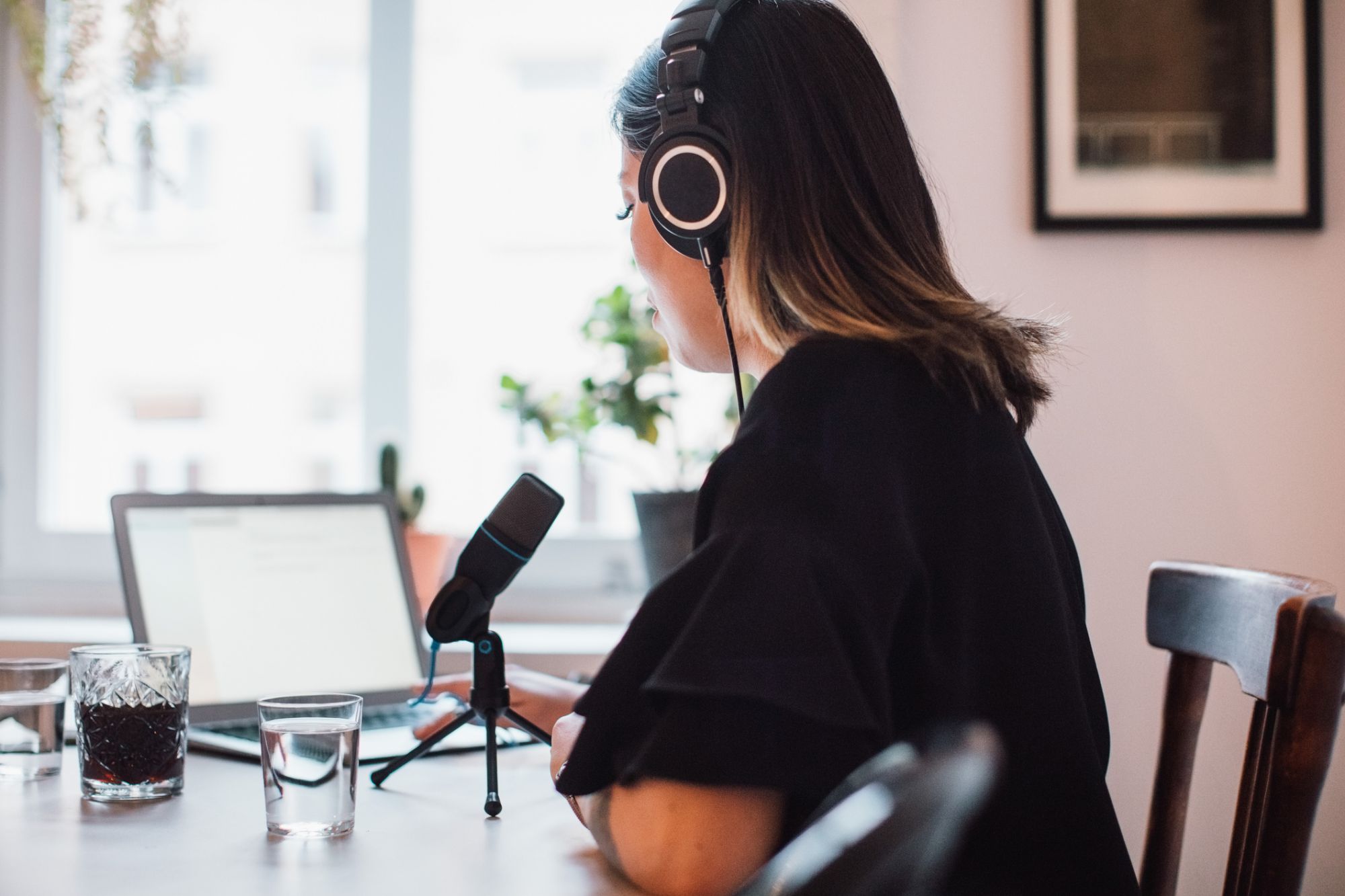The ubiquitous multimedia platform can broaden your reach and grow your bottom line.
5 min read
Opinions expressed by Entrepreneur contributors are their own.
More than half of all Americans over the age of 12 have listened to at least one podcast, with virtually a third downloading or streaming a minimum of one per month (up from one in four people two years prior). That dwarfs the number of nationwide active users on Twitter. And if most forward-thinking companies wouldn’t dream of ignoring a major social-media platform when designing their marketing strategy, why overlook developing a podcast?
Brands that aren’t already investigating potential podcasting strategies need to get started. With podcast advertisers having spent nearly $500 million to reach audiences in 2018, the competition for effective partnerships is already getting fierce. Like any other marketing outlet, podcast advertising has its quirks and specificities, but savvy companies can capitalize in numerous ways on the medium’s wide appeal. To that end, here are some tips for effectively boosting your brand through strategic podcast partnerships.
Related: 5 Podcasts Every Entrepreneur Should Download Today
Let Hosts Take Hold Of Your Ads
Podcast listeners tend to describe a surprisingly personal relationship with the hosts of their favorite shows, who often lean into the social element of the medium by embracing a conversational tone and listener participation. That unique emotional engagement goes a long way toward explaining why 51 percent of regular podcast listeners follow their favorite hosts on social media. Similar surveys have shown that more than half of listeners prefer hosts read podcasts ads themselves, and that more than one-third of listeners have made a purchase after being introduced to it via a podcast ad. Just as most people would rather take recommendations from friends and family than from strangers, listeners respond to ads read by hosts they know far more intimately than random voice actors. Furthermore, host-read ads don’t snap listeners out of the overall experience the way ads might when interrupting a television or radio program. Listeners continue paying attention to host-read ads during breaks because they’re engaged with the hosts themselves.
Measure ROI and Target Audiences
A standard critique of podcast advertising is that, while TV has Nielsen ratings and Instagram has a host of engagement and impression metrics, there’s no way to know how many people actually hear podcast ads. Certainly, every medium has ROI-measurement challenges, but Marketing Dive explains how promo codes (checkout coupons that vary for each podcast), vanity URLs (given out by podcast hosts to measure how many visitors they refer) and checkout surveys all help advertisers gauge conversion. Furthermore, advertisers can maximize their ROI by working with podcasts to obtain detailed listener- demographic information. Sites such as Podsurvey help podcasts and brands understand who listens to what shows so they can target their advertisements appropriately.
Related: How to Start a Podcast With Almost No Money
Get Creative With Partnerships
The DIY nature of podcasting opens up some unique opportunities for brand-podcast partnerships, i.e. the standard rules of marketing via TV or influencers don’t necessarily apply. For example, Chicago-based bar Elephant and Castle struck a simple but effective deal with the podcast Mind Gap, exchanging regular recording space at the venue for weekly ads. Other partnerships make unique use of the podcast’s go-to material. Cable network TNT struck an exclusive deal with crime-comedy megahit Last Podcast on the Left to produce a sponsored episode covering the Thames Torso Murders, attaching the brand to bonus content that provided fans with more of the podcast they loved while introducing them to TNT’s miniseries The Alienist.
Make the Most of Going Live
One of the first podcast phenomenons was Serial, Sarah Koenig’s true-crime hit for NPR that, with its deliberately journalistic tone, would have been difficult to translate to live performance. But times have changed, and while Serial-like productions still thrive, they’ve been joined by more casual and improvisation-friendly formats that adapt beautifully to airing in real-time. The result has been a boom in live podcast productions that regularly sell out performance venues because of the emotional attachment fans have to the hosts and each other. The social community surrounding these podcasts is almost as important as the podcast itself. Attendees of sold-out My Favorite Murder performances, for example, often identify as “Murderinos,” exemplifying the bonds formed around their fandom.
The popularity and intensity of live podcasts also provide some unique branding opportunities. Mattress company Casper, whose marketing strategy has leaned heavily on podcasts for years, created the cozy “Casper Podcasting Lounge” for the podcast-heavy 2016 Vulture Festival, typifying how podcasting can be a unique and powerful branding tool for companies that value effective, creative and innovative partnerships.







